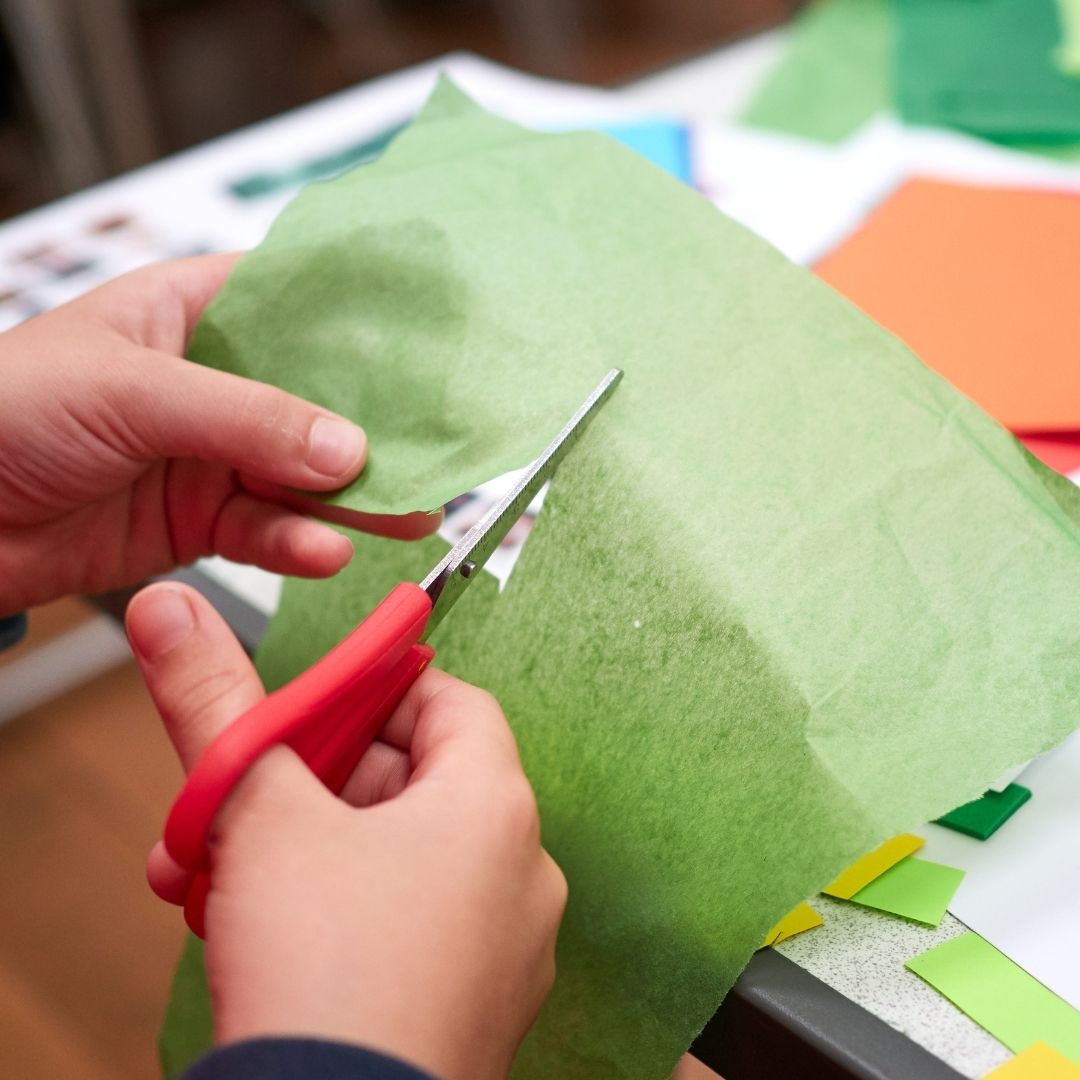Inclusion is a word that gets tossed around a lot nowadays. My experience as a mother of four children—two of which were diagnosed with autism in their earliest years—has shaped my perception of and passion for inclusion. For the last three decades, schools and education systems have been moving progressively toward greater and greater inclusion for students are differently-abled physically, cognitively, and neurologically. Amazing strides have been taken to make sure that these differently-abled students receive the same or equivalent educational opportunities alongside their “typical” peers. While inclusion has been addressed on a policy and systemic level, this level of inclusion does not directly translate to inclusion among and by peers. Part of what I experienced with my own children on the autism spectrum is that even when their teachers worked hard to meet their needs and include them at the classroom level, their peer interactions could still be quite challenging.
Part of our human instinct is to notice those that are different from us. When we do notice others that are different from us in any way, it can stir up within us feelings of discomfort, confusion, judgment, or even fear. Adults and children experience this reality. I distinctly remember my daughter who has a diagnosis of autism having such an experience when she was in elementary school. There was a child at her school who was physically disabled. I noticed that my daughter would go to lengths to avoid this child and stay physically distant from him. After having a conversation with her, I realized that she was unsure what to make of this differently-abled peer.
Including those who are different is something that must be learned. Teaching children to include others, even and perhaps especially those different from themselves, cannot start in a school setting--it must start at home. Fostering a heart for inclusion begins at the family level. For parents, I believe there are a few questions that can spur us on to develop a heart for inclusion in our homes.
Who are you spending time with?
Who we spend time with and who we are around has a significant impact on our children. If children rarely see or spend time around differently-abled peers, their ability to see the need for and practice inclusion is very limited. If we as parents rarely interact with differently-abled children or adults, we will not have the opportunity to model for them what it looks like to be inclusive in social settings and relationships.
I encourage parents to seek out opportunities for their children to be around those who are different from them--a church context, a community center program, or an extracurricular activity (dance class, etc.). I also encourage parents to develop their own relationships with differently-abled adults or families with differently-abled children—be it through volunteering at church in a program for kids with special needs or expanding one’s social circles.
How are you feeling?
So much of who we are as parents is naturally transferred to our children. This includes our own feelings of fear or discomfort regarding those who are different from us. Our children pick up on our feelings in a profound way. If they see us as being uncomfortable around someone with severe disabilities, or if they catch wind of our avoidance of a social situation that feels challenging, they feel that too and internalize it.
I encourage parents to really examine their own hearts when it comes to including those different from us. There have been situations where I have seen behaviors in differently-abled children and thought, “Oh I don’t want my kids to be around that.” We really have to confront and be human about our own feelings first as we move toward fostering a heart for inclusion in our homes.
What words are you using?
Words have such power in our lives. Hurtful words can swiftly tear down, while kind words can be like a balm. The language we use with our kids as we engage in conversation about those who are different from us is crucial to shaping perception and attitudes. It’s easy to see someone differently-abled from us and wonder, “What is wrong with that person?” Similarly, kids may be quick to call someone “weird” that presents behaviors outside of what is typical. This type of language is reflective of (and can often serve to shape) our internal attitudes and can directly impact how we interact with others.
Kids ask questions about everything, especially things that are new or different to them. I like to encourage parents to pay attention to the language their children use to ask or talk about differently-abled people. It can be helpful to children to let them use language to describe what they are seeing and experiencing, rather than us as parents giving them language.
We must be careful to not give kids language that is beyond their understanding or could potentially be used in a harmful way (even by accident), like referring to a peer as “the autistic boy” or “the handicapped girl.” As we pay attention to the words our children use, we can guide and re-direct their words when need be. If we hear “the weird boy in my class,” we can offer different language for them to use that honors the individual.
What I believe is the ultimate goal of inclusion is to be able to see the beauty of each individual. It is perfectly natural to notice how someone is different, but rather than see those differences as weird, wrong, or inferior, we can appreciate and value those differences. Our Creator is an infinite being and He designs each of us to reflect Him in wonderfully unique ways. As we foster a heart for inclusion in our homes, we are modeling for and teaching our children to see His beauty in everyone.
[To hear more from Catherine on fostering a heart for inclusion, check out her podcast episode by the same title on the "Navigating Your Child's Education" podcast for parents.]
/Logos/Horizontal%20Academic%20Logo%20for%20Light%20Backgrounds.png)
/Logos/Horizontal%20Academic%20Logo%20for%20Dark%20Backgrounds.png)

.jpg?width=100&height=100&name=Copy%20of%20Blog%20Authors%20(19).jpg)

